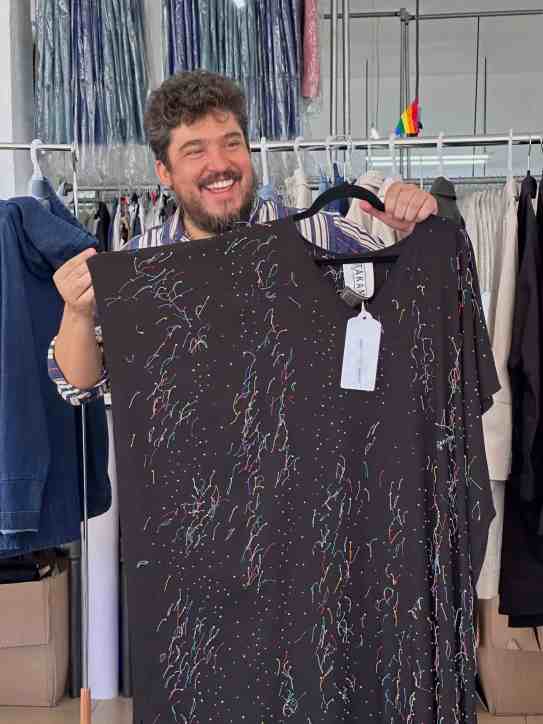The first message came into my WhatsApp feed yesterday morning from a telephone number I did not recognize. It said, “Hello, Norma. Are you the Oaxaca Cultural Navigator?” I was tempted to delete it without a second thought. So much spam comes to my inbox that when I question the source, it turns out to always be bogus. Then, another message immediately followed. My name is Anita, and my father immigrated from Oaxaca with the bracero program. (Note: I have changed Anita’s name to protect her identity.)
The second text confirmed that this was not SPAM, and I was curious. What information did Anita need from me? When I hear or read bracero, I know that it can often be misspelled by those who are not in the know. So I no longer doubted the authenticity of the message.
The bracero program started in 1942 and ended in 1964. It was an official farm-labor agreement between the United States and Mexico to provide short-term legal immigration status to Mexicans wanting to work in the US agricultural fields. The farm labor shortage is consistent and real.
When I first arrived in Teotitlan del Valle, Oaxaca, in 2005, I met Porfirio, who was in his 70s then. Porfirio had been a bracero for many years in California, returning home each year as a seasonal worker, and then signing on for another contract period. Porfirio’s adult daughter asked me to investigate whether he was entitled to collect on Social Security, which she claimed was deducted from his paycheck. After researching this, I discovered that FICA taxes were deducted but not Social Security taxes. This is what I thought Rita was asking about.
I’m a cautious but not a mistrustful person. There was no reason to assume that I was in any danger from what was sent to me. I asked Anita to call me, and we talked for about twenty minutes until it was time for my physical therapy appointment for knee replacement surgery recovery. I found out that Anita’s dad became a U.S. citizen, and Anita was born in the agricultural breadbasket of California’s Central Valley. No one in her family was undocumented. There is no doubt that she and her family are citizens of the United States of America.
What help do you need from me? I asked. The answer was not what I expected to hear.
We are afraid, Anita said. I could hear this in her voice. We are exploring what it might mean for us to return to Oaxaca to live permanently. Anita explained that her paternal grandfather was from San Pablo Etla, a suburb about forty-five minutes north of the historic center. She added that another grandparent was from Japan. The spelling of this last name was changed over the years to reflect that the dropped letter did not exist in Spanish.
My Oaxaca dentist has a Japanese grandfather, who was also a dentist. He married an indigenous woman from the Oaxaca Coast and lived in the colonial city. One of my favorite Mexico City clothing designers is Guillermo Vargas, who started the brand 1/8 Takamura. He named it after his paternal grandfather, who migrated from Japan to Mexico. Oaxaca textile designer Samantha Martinez started the brand KOTO, after she learned how to dye with indigo and make shibori. Her fashion blends Japanese and Mexican creativity. The intercultural connections are powerful.
There are two stories here. One is about how United States of America citizens feel at risk in these politically unstable times. ICE rounds up and incarcerates people based on appearances, not on facts. This is not paranoia. It is well-documented. The other is the long history of Japanese immigration to the Americas, especially in Mexico. Discover Nikkei journal provides an in-depth analysis of Japanese immigration to Mexico and its impact.
The heartbreak for me comes with Anita’s fearfulness. Although no one in her family is undocumented — all are U.S. citizens — the fact that she feels vulnerable should raise a red flag for all of us. The history of Mexico as a welcoming and accepting country is important. It demonstrates that diversity, equity, and inclusion are meaningful as people seek better opportunities free from political, social, and economic constraints.
Moreover, Anita’s outreach gives deeper meaning to what I do here. I can be a resource by recommending strategies for Mexican immigration. This validates the work I do. More than bringing visitors to meet Indigenous artisans, I can serve as an information conduit to those who want to explore other options for living a peaceful life.

